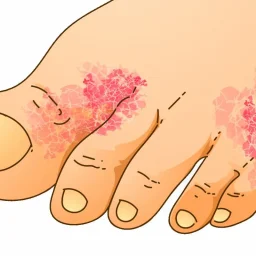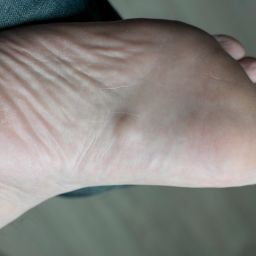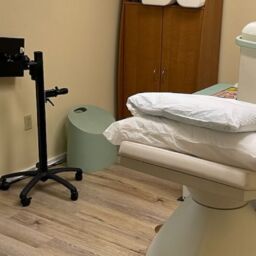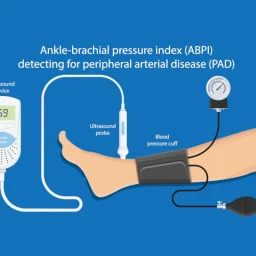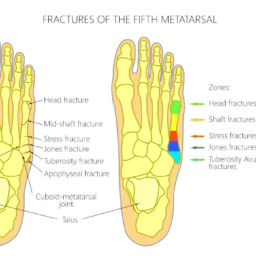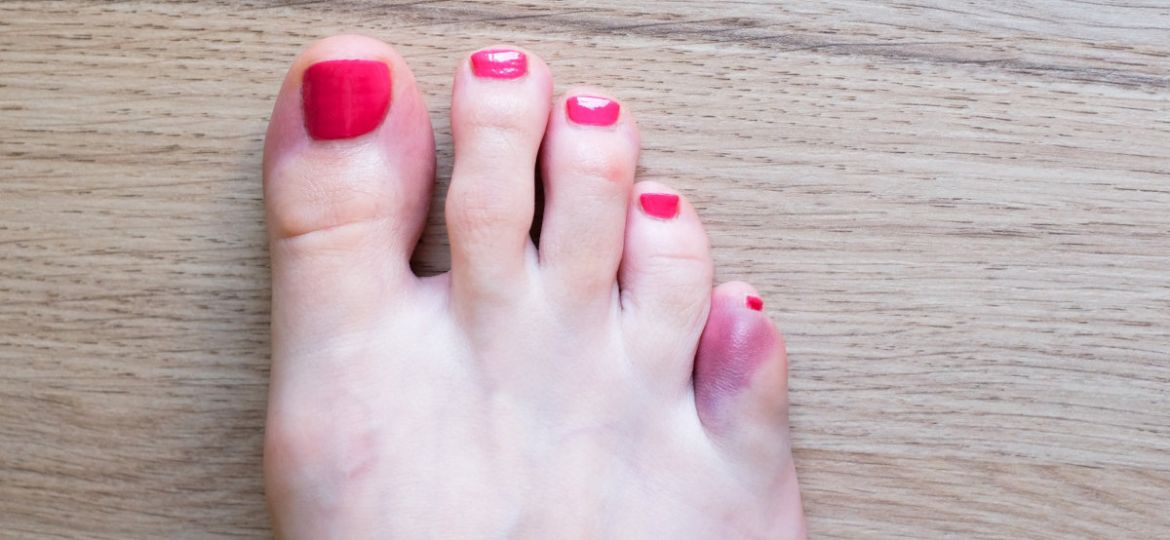
Dealing with a Broken and Painful Pinky Toe
“Why do I have a broken and painful pinky toe?” It’s a question that often arises when faced with such discomfort. The pinky toe, while small, plays a significant role in maintaining balance and stability.
Sometimes, the toe will experience a sudden impact or is crushed, such as stubbing it against furniture or dropping something heavy on it. This can result in immediate pain, swelling, bruising, and sometimes misalignment of the toe.
On the other hand, tiny cracks in the bone develop over time from activities like running, dancing, or wearing ill-fitting shoes. The constant stress and strain on the toe can weaken the bone, leading to pain and swelling that worsens with activity.
Understanding why your pinky toe is broken and painful involves considering the circumstances surrounding the injury. Whether it’s a sudden accident or the result of continuous stress, recognizing the cause is the first step toward proper diagnosis and management.
What are the Risks of a Broken Pinky Toe?
A broken pinky toe, or toe fracture, carries several risks that can impact healing and long-term foot health. Traumatic fractures, caused by accidents or direct impact, can result in severe pain, swelling, bruising, and misalignment. Failure to address these injuries promptly can lead to complications such as delayed healing, chronic pain, and difficulty walking or bearing weight on the foot.
Stress fractures, often caused by repetitive stress on the toe, pose risks as well. These fractures may initially present with mild pain and swelling but can worsen over time if not managed properly. Without proper care, stress fractures can lead to chronic pain, limited mobility, and potential deformities.
In both types of fractures, the risk of the toe not healing properly is significant, especially if the injury is severe or left untreated. Seeking medical attention for a broken pinky toe is crucial to mitigate these risks and ensure proper healing and recovery.
Do You Know About Overlapping and Underlapping Toes?
Overlapping and underlapping toes are conditions where one toe lies on top of or beneath an adjacent toe, respectively, instead of aligning straight.
1. Overlapping Toe: This occurs when one toe crosses over the adjacent toe, usually due to imbalances in muscle strength, genetics, or wearing tight shoes. It can lead to discomfort, corns, calluses, and difficulty finding comfortable footwear.
2. Underlapping Toe: Here, one toe sits beneath the neighboring toe. It can result from conditions like arthritis, abnormal foot structure, or wearing ill-fitting shoes. Underlapping toes may cause pain, pressure, and difficulty walking.
Both conditions may benefit from proper footwear, toe exercises, orthotic devices, or in severe cases, surgical correction to improve toe alignment and alleviate symptoms.
How Do You Treat The Issue?
When dealing with a broken pinky toe, seeking prompt medical attention is crucial for proper healing and to minimize complications. Here are some detailed treatment options:
- Initial Evaluation: Upon injury, immediately rest and elevate the foot to reduce swelling. Apply ice packs for 20 minutes at a time to alleviate pain and inflammation.
- Medical Assessment: Visit a healthcare professional, or book an appointment with our team of podiatrists, for a thorough evaluation. X-rays may be taken to assess the extent of the fracture and determine if any toe bones are affected or if the toe is crooked.
- Buddy Taping: For minor fractures or when the toe is slightly misaligned, buddy taping can be used. This involves taping the broken pinky toe to the adjacent toe for support and stability during the healing process.
- Orthotic Devices: In some cases, a splint or orthotic device may be recommended to immobilize the toe and promote proper alignment.
- Pain Management: Over-the-counter pain relievers may be prescribed to manage pain and discomfort during recovery.
- Follow-Up Care: Regular follow-up appointments with your podiatrist are essential to monitor progress, adjust treatment if needed, and ensure the broken pinky toe heals correctly.
Remember to avoid putting weight on the injured toe and wear supportive footwear to prevent further injury.
Be On the Way to Healing Your Broken Pinky Toe
Holistic healing practices can complement conventional treatment for a broken pinky toe. Natural remedies like applying arnica or comfrey ointments can aid in reducing swelling and promoting healing. Epsom salt foot baths may also help alleviate pain and inflammation. Additionally, gentle exercises like toe stretches and foot massages can improve circulation and flexibility, aiding in recovery. However, it’s crucial to consult with a healthcare professional, especially if there are open wounds or severe swelling, to ensure comprehensive care and prevent complications.
If you are suffering from a broken pinky toe, it’s time to visit a podiatrist at Certified Foot and Ankle Specialists. Our team of experts specializes in diagnosing and treating various foot conditions, including those that lead to a broken pinky toe. We offer personalized and comprehensive care to ensure effective treatments tailored to your needs. Utilizing advanced diagnostic tools and innovative treatment techniques, we accurately pinpoint the issue and provide the appropriate intervention. To schedule an appointment, click the link below or call us at (855) 982-1337.
When searching for a ‘podiatrist in brandon florida’, consider our experienced and certified doctors from Certified Foot and Ankle Specialists. We have several foot clinics on the west coast in Fort Myers and the Tampa area.
